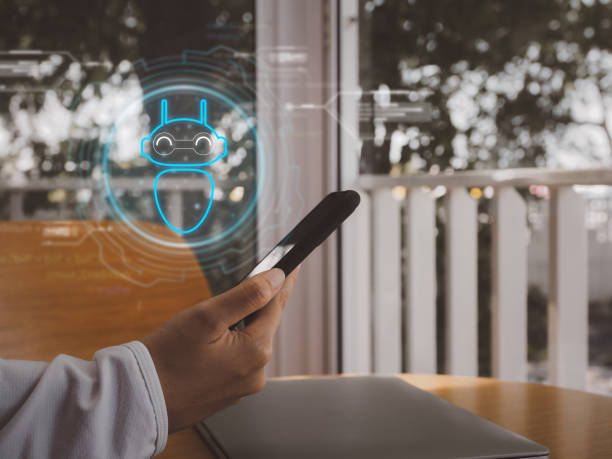**Unveiling the Magic Behind Biometric Voice Recognition: A Game-Changer in Tech**
As the world hustles towards an increasingly digital future, the enigma of security continues to loom large. Amidst this challenge, a promising contender has emerged as a beacon of hope: biometric voice recognition. This technology, still relatively unexplored, offers a fascinating blend of science, technology, and human individuality. Let's delve into this captivating realm and see how it's shaping our digital interactions.

The Dawn of Biometric Voice Recognition
Biometric voice recognition, also known as voiceprint technology, first sprouted in the mid-20th-century as a spin-off of military research. The initial models were far from perfect, struggling with accuracy and reliability. However, the core idea — that each individual’s voice is unique enough to serve as an identifier — held great promise. Over the ensuing decades, advancements in digital technology and machine learning have led us to the precipice of a new era in biometric voice recognition.
The Present Scenario: A Symphony of Tech and Biology
Today, biometric voice recognition has evolved into a sophisticated technology. It leverages the person’s vocal traits and speech patterns, which are as unique as fingerprints. The system analyzes various parameters, such as pitch, tone, rhythm, and even the accent, to create a unique voiceprint.
Recently, Google announced its Voice Match feature that allows users to teach Google Assistant to recognize their voice. This development has opened up new possibilities in personalized tech interactions, from smart homes to online banking.
The Financial Implications of Voiceprint Technology
As per a report by Mordor Intelligence, the global voice biometric solutions market was valued at $1.1 billion in 2020 and is projected to reach $3.9 billion by 2026. This rapid growth can be attributed to the rising concern for security amid the digital boom, coupled with the convenience that voice recognition offers.
The Future: Beyond Security
While the most apparent application of biometric voice recognition lies in security, its potential goes far beyond. For instance, it can revolutionize the way we interact with our devices, paving the way for a hands-free digital experience. Moreover, this technology can be a boon for the differently-abled, offering them a seamless way to access digital platforms.
Conclusion
As we stand at the threshold of a new era, it’s clear that biometric voice recognition holds immense potential. While the technology is still in its infancy, the strides we’ve made so far are promising. As we continue to explore and refine this technology, it may well become an integral part of our digital lives, transforming the way we interact, transact, and secure our digital identities. It’s a brave new world, and we’re just getting started.






